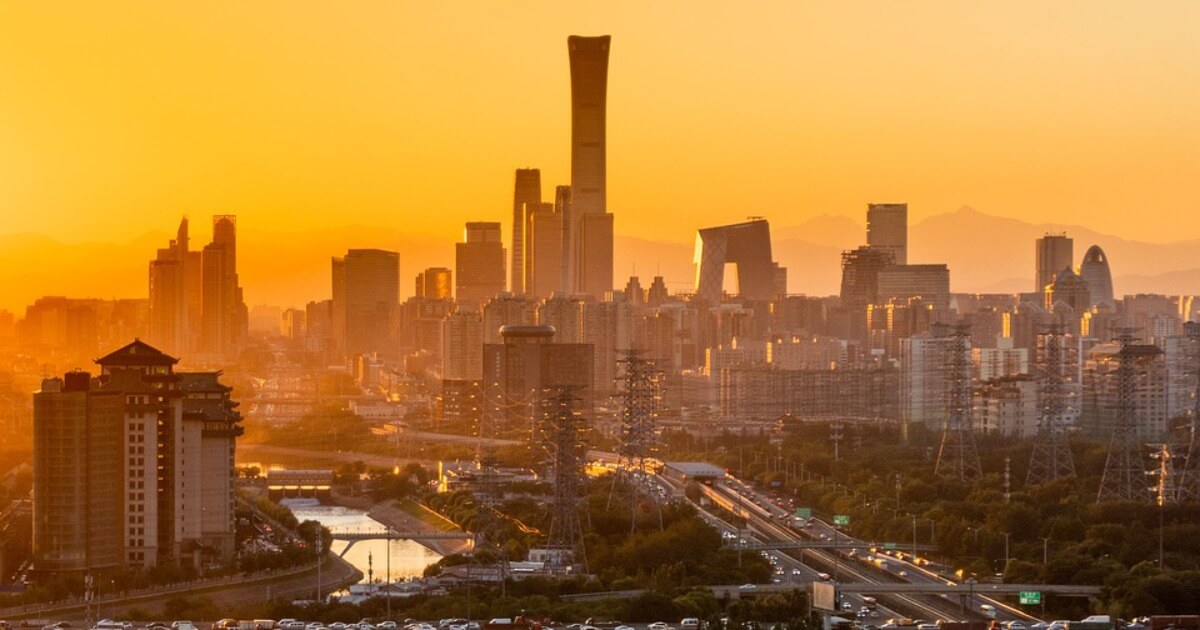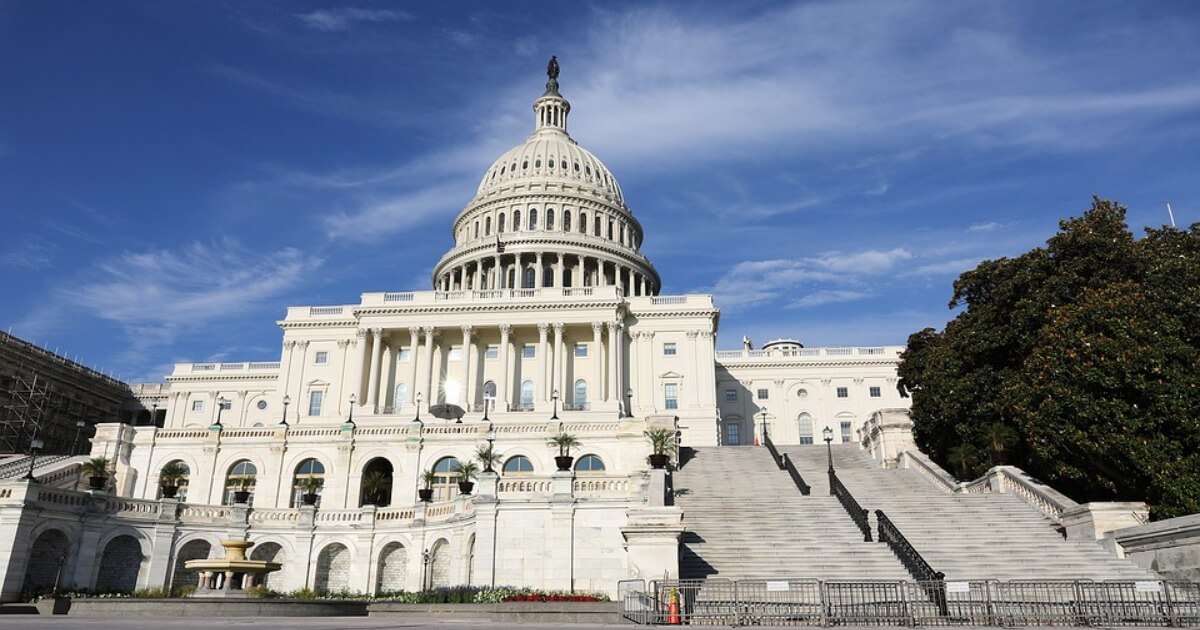Chinese “Might Have Beens”: Big Opportunities Missed
The centenary of the Chinese Communist Party makes this a good time to consider some Chinese “might have beens” and their relevance today.
July 13, 2021

China can look back on a very long history. With that in mind, the centenary of the Chinese Communist Party, and the recent appearance of Xi Jinping as a Mao look-alike, make this a good time to consider some Chinese “might have beens” and their relevance today.
Western expansion halted
Fourteen hundred and seventy years ago, the Tang dynasty’s rapid march westward was halted by defeat at the Battle of Talas by the Abbasid empire.
The Tang thus failed to conquer a region, southern central Asia, which back then might reasonably have been considered the intellectual capital of the world.
Tapping into global culture
Its cities – Samarkand, Khiva, Bukhara, Merv, Balkh — were rich from trade and irrigated land. Having literacy and numeracy were unexceptional traits.
Buddhism, Zoroastrianism, Christianity, Manicheanism, Judaism and latterly Islam co-existed. Ideas from Persia, Greece, India and China had long melded there.
This was also the land which, among other things, gave us that now most modern word “algorithm,” a term shaped by the corruption of its 9th century inventor’s birthplace name Khwarezm, now in Uzbekistan.
Imagine the impact on Chinese culture if it had to absorb this region. But Tang power whithered and retreated rapidly.
Still chasing the Tangs’ space
It was another thousand years before the 18th century emperor Qianlong of the alien Manchu dynasty sought to emulate the Tang.
He conquered Mongol and Turkic territories which are now Xinjiang. He brought his empire’s frontier to within about 500 kilometers of Talas, located in modern-day Kyrgyzstan and part of the old Silk Road.
A thorn in China’s side
Yet, despite the colonial settlement of Han Chinese after the Communist victory in 1949, the western territories, including Tibet and parts of other provinces, acquired by the Manchus remain a thorn in China’s side. It is a constant reminder of imperial over-reach.
The Manchu dynasty itself met its end in 1911 with the creation of a republic. But it would be a mistake to assume what followed was simply a period of warlordism, corruption and frustration, not brought to an end until 1949.
The big moment missed
In fact, for two decades after 1911, several pieces of a system to enable rapid economic development were falling into place. Local capital generation expanded dramatically, foreign capital and expertise arrived in droves, schools and universities blossomed.
Of course, these were largely confined to a few big, mostly coastal cities, but given time, they could have brought road, railways and change to inland areas, supplying basic needs and cementing respect for China in the world.
The Japanese stopped China cold
This “What Might Have Been” was ended by the Japanese. The 1931 invasion of Manchuria cost the government one of its richest, most developed regions.
The 1937 invasion led to years of war which not only killed vast numbers of Chinese but disrupted the whole nation and made economic and social progress almost impossible.
Without the chaos and cost of the Japanese war, it is hard to imagine that Communist power could have developed in China as it did.
Overreach and under-development
Nor did Communist victory in 1949 need to lead to events that made the modernization of China all the more difficult.
Sweeping away feudalism and Confucian ideas was all very well, but initial tolerance of private capital soon gave way to a mix of vengeance and paranoia about counter-revolutionary threats.
Guess who sowed the seeds of HK and Taiwan?
Big local capital was driven out to Hong Kong and Taiwan – the moveable industrial symbols of modern China, its textile factories and ships.
It is also worth asking how China would have developed had it not also been for the 1951 purges, when Mao issued death quotas of one per thousand or more, ostensibly to stamp out counter revolutionaries.
Anti-peasant
The real goal was to create a climate of fear and blind obedience. Rates varied from province to province, but the admitted death toll was at least 700,000. Xenophobia was encouraged, almost all foreigners expelled or jailed.
Poorer peasants benefited from land redistribution, which followed the killing of richer ones. What could have sparked peasant initiatives was smothered in 1958 by the commune system.
Outperforming Japanese oppression
How rich might China have become but for the so-called Great Leap Forward, an exercise in Communist Party arrogance and idiocy?
All it achieved was famine and the deaths of many more Chinese than the 10 million or so who had died from the Japanese invasion.
When condoms bear CCP ideas
Nor should the Party need reminding of the chaos and deaths from the so-called Cultural Revolution, nor the unnecessary bullying of the One Child policy.
Thailand achieved a similar reduction in its birth rate with amusing propaganda and free condoms. China now has alarming, gender-biased demographics. Yet the Party is still always right, a form of permanent Inquisition.
Two lucky turns
Given past disasters, it is all the more important to realize why China today would be so much worse if Mao’s intended heirs, the Gang of Four, had not been ousted by Deng Xiaoping. Or if Deng Xiaoping had died after 1989 but before his southern tour in 1992, which revived economic and social reform.
Could China have been South Korea?
So much of China’s development has always depended on the outcome of CCP infighting. But for some of the above CCP-driven events, China could have been richer and freer.
With a few different turns taken in the past, today’s China might even be as prosperous and open as South Korea or it might have thrown off patriarchy and gender bias as well as Taiwan has done.
Chinese underperformance?
None of this is to say that China has not made massive strides in the past 30 years.
However, if a longer perspective is applied, China’s recent path is less exceptional, considering that we live in a world where almost all are vastly richer, longer-lived and better educated than in 1921 or 1949.
Back to the one-man show? Really?
The past successes and disasters also leave an awkward question: To what end is China now being led by one and the same man, Xi Jinping who serves as General Secretary (of the Party), as Chairman (of the Military Commission) and as President (of the State)?
History provides reason to worry.
Takeaways
Without the chaos and cost of the Japanese war, it is hard to imagine that Communist power could have developed in China as it did.
How would China have developed had it not also been for the 1951 purges, when Mao issued death quotas of one per thousand, to stamp out counter revolutionaries?
How rich might China have become but for the so-called Great Leap Forward, an exercise in Communist Party arrogance and idiocy?
China's One Child policy was unnecessary bullying. Thailand achieved a similar reduction in its birth rate with amusing propaganda and free condoms.
China’s development has always depended on the outcome of CCP infighting. But for some of CCP-driven events, China could have been richer and freer.
With a few different turns taken in the past, today’s China might even be as prosperous and open as South Korea, or have thrown off patriarchy and gender bias as well as Taiwan has done.
China’s recent path is less exceptional, considering that we live in a world where almost all are vastly richer, longer-lived and better educated than in 1921 or 1949.
